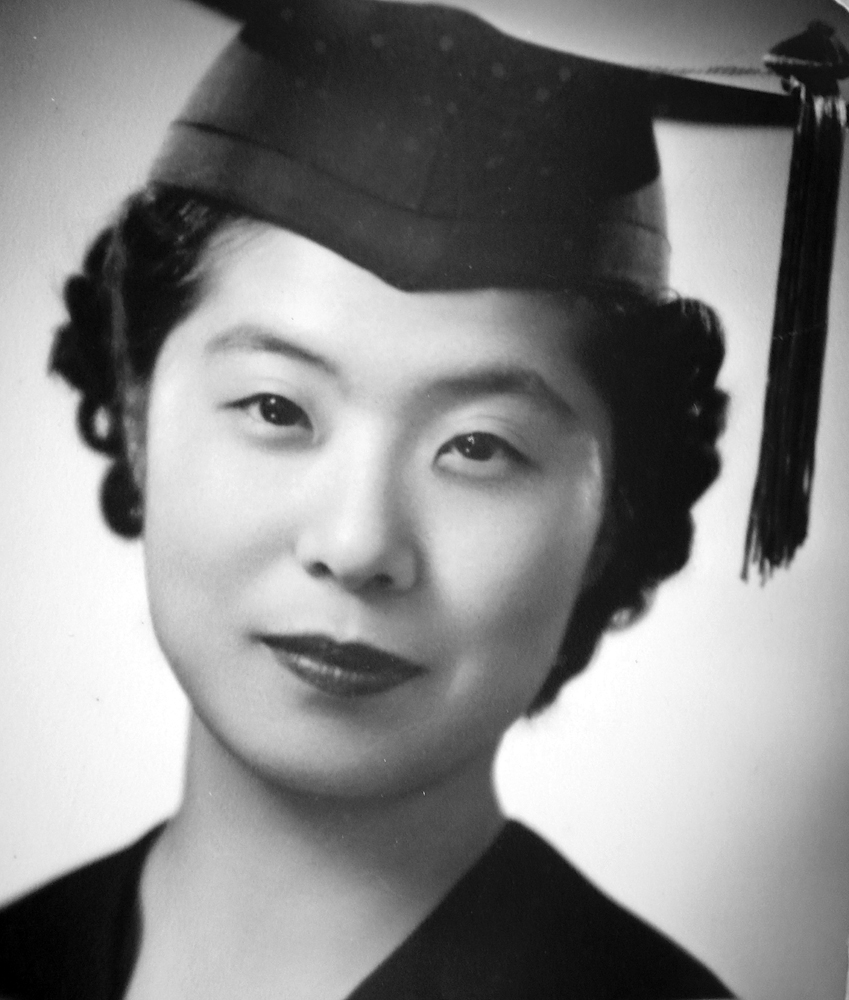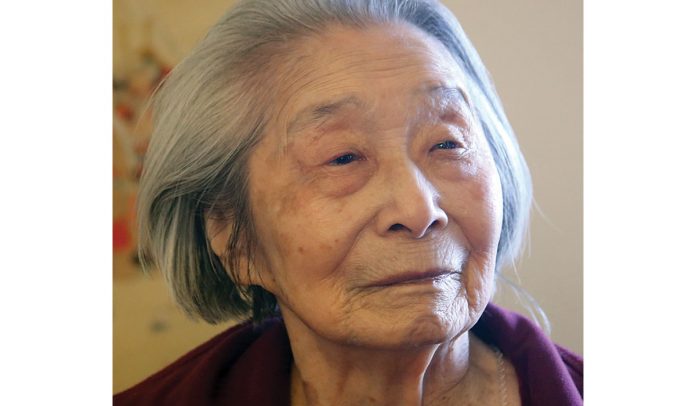WATSONVILLE—Longtime Watsonville resident Masako Miura celebrated her 105th birthday in June in Valley Heights Senior Community where she now resides.
“I didn’t realize I was that old,” she quipped.
Her advice for younger people hoping to have a similarly long life is, “don’t be an old crabapple.”
During her life, Miura successfully weathered two significant battles. The first was becoming a physician in a field dominated by men. Then, because of her Japanese nationality, she was imprisoned during World War II in two concentration camps.
A presidential executive order signed in 1942 allowed the detention of more than 120,000 Japanese people in 10 “camps” throughout the U.S. between 1942 and 1945.
While these people were called “internees” and the places called “camps,” they were essentially prisons surrounded by barbed wire and guarded by armed soldiers.
Miura and her husband James Goto – also a physician – were sent to Manzanar, and then transferred for their safety to Topaz camp in Utah after expressing support for the U.S., and receiving hostile threats from pro-Japan camp residents.
There, their daughter Denise was born. They later had a son, Hans.
Born in Los Angeles, Miura went to medical school, and was one of two women to become a doctor in a class of ‘33.

That was no easy feat.
So ingrained was the male-dominated culture in that profession that her medical diploma bore male pronouns. Worse, her fellow doctors were often hostile to their female colleagues.
She and her husband later began work at LA County Hospital, and by any account they were headed for successful careers.
But then the U.S. entered World War II. In its wake, the United States turned its ire on its own citizens of Japanese descent, ripping entire families away from their homes and sending them away.
In both places in which they were imprisoned, Miura and James put their medical training to use, serving as two of 10 doctors for 10,000 prisoners.
Miura said she made $19 per month, which she said was “less than a buck private.”
Her patients, most of whom couldn’t afford her services, paid instead with the art pieces they had made, which were cobbled together from items they found around the camps.
Camp doctors faced difficult conditions as they provided a wide range of medical services expected from a general practitioner.
After the war, Miura moved back to Los Angeles, where she opened a practice in Little Tokyo. She also worked in Oakland and Carmel before settling in Corralitos, where she worked as a general practitioner at Fort Ord.
She has outlived five other siblings.
“She is a remarkable woman,” her son Hans Goto said. “She has had a full life and amazingly she is still enjoying life.”









